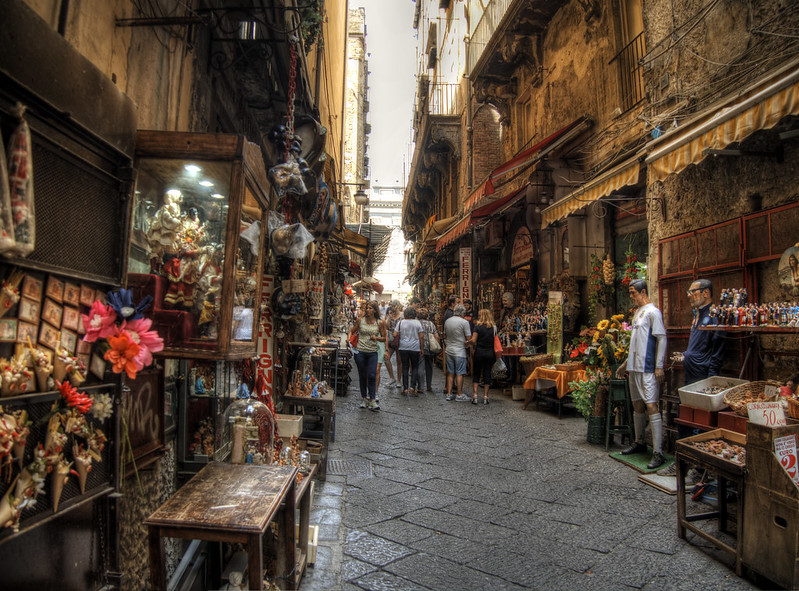
Broken hearts and second chances (Naples, Amalfi Coast cities, Rome, Tuscany, Italy; Paris and the French countryside; Rhode Island, US from 1917 to 1974): “How many tears have I shed in my lifetime?” Ann Hood poignantly questions in the acknowledgements of her newest novel, The Stolen Child.
Her tears and those of her three characters, expressed or repressed, evoke the 19th century poetic tears of Ireland’s famous Nobel Laureate William Butler Yeats’ poem The Stolen Child, cited in the novel and presumably inspired Hood’s title: “For the world’s more full of weeping/Than you can understand.”
Hood doesn’t just write what she knows. She also writes what she misses and loves.
The multiple-award winning author’s tears come from a deep place in her heart, having lost her daughter Gracie when she was five. That grief and sorrow, coupled with finding the strength and determination to move forward are a thread you’ll see in this novel and her other writings. The result is a soulful novel that’s both sad and beautiful you’ll settle into. The prose flows with what ifs, what once was, and what still could be.
Atmospheric, nostalgic, cultural, and historical, at its heart is an emotional story centered on three characters we follow over half a century in three countries on two continents. One is young (Jenny), one old (Nick), and the third ages through the decades (Enzo). You’ll find yourself wondering how three disparate protagonists introduced in 1917 (Nick), 1935 (Enzo), and 1974 (Jenny) connect. How Hood creates ways for her memories, passions, and interests to intersect. There’s a mystery in the plot (Nick’s), and a mystery in the timeline plotting (Enzo).
One quality all three have in common becomes apparent from their early beginnings is how lonely they are. Each broken-hearted for different reasons.
Nick and Jenny connect early on, since the plot revolves around Nick’s WWI story of making a “life-or-death decision” in the heat of battle that’s soon fast-forwarded to Jenny’s timeline. As for Enzo, you’ll be scratching your head how he links up until you near the end.
Inspired by truths and three of Hood’s interests in history, art, and travel, specifically WWI and trench art, also French women painters (Nick’ story); Naples, Italy and its centuries-old tradition of Nativity scenes and carved figurines Hood collects that are part of Enzo’s story; and Jenny’s dreams of traveling the world, starting with Pompeii and Naples, “a crumbling city on a glistening bay with Vesuvius looming above it.”
Nick is an exceptionally remorseful character who at seventy-six says he “hates people.” What he really hates is how he can’t undo a decision he made during WWI in a trench dug into the land of a farmhouse outside Paris. What he hates is how he let his guilt and shame eat away at him, destroying his life and marriage. We see he needed therapy for his PTSD revealed over the years, shell shock as they called it back then.
Jenny is the character who wants to “be something,” having also made a bad decision that cut short her dreams.
Enzo is the “master craftsman of presepe,” the Nativity tradition that originated in Naples, later including all sorts of non-religious carvings of celebrities, historical figures, pop culture stars, and everyday Neapolitans, such as “sausage makers and pizza chefs and vintners.” We can’t help but be curious if the author owns the likeness of Humphrey Bogart, Mickey Mantle, Mario Lanza, and many others.
As for the hearts in the story: Enzo spends much of his life not “knowing how to talk to women” and yet he’s deeply affected by female emotions of sadness and joy. Nick awakens too late in life to the revelation that he misses the “human touch.” Jenny becomes touched by both. And we’re touched by Hood’s prose.
Hood’s memories of Naples are a feast for armchair travelers, foodies, and history buffs. Jenny works the night shift at an IHOP in Providence, Rhode Island, Hood also remembers. A perfect set-up for the mocking and drunkenness of the Brown University students, frequent customers, reminding her of her lost academic dreams. “How many pancakes would she have to serve before she earned enough tips to get herself out of here?” she asks despairingly.
Hood also likes poetry, seen too in Jenny’s secondary storyline when she serves a male customer so unlike the others: Daniel obsessed with Chilean poet Pablo Neruda. She’s a fan of Emily Dickenson and Robert Frost. Daniel adds another mystery to the travel adventure she embarks on, answering Nick’s urgent plea for an assistant to accompany him to France without knowing why. How could she not be overly eager to want the job? What she doesn’t know is the reason for the urgency. We do, from the opening.
“Funny how at the end of your life you understand so much but can’t undo any of it,” Nick reflects.
The point is answered in this wise and insightful story, in which we feel good witnessing the relationship between an ornery Nick and bursting-with-enthusiasm Jenny evolve.
There’s a line in Enzo’s story that’s says a lot about his character, and the others. It happens in 1962, when he tells his boy-crazed niece that “I don’t know the ways of the heart,” but what he does know is “those things are tempting, but other traits, like loyalty and honor, matter more in the end.”
Hoods’ novel asks us a lot of questions: “How do you know “You’ve made the right decision?” What do you do when your dreams fall apart? How do you move on from traumatic grief and sorrow?
Two other lessons are seen. One is what young people can teach someone older. That it might not be too late to seek salvation, and that by giving you might reap benefits too.
The other fast-forwards us to today. Nick, “the last WWI vet in the country” as of 1974 was so sure that after the Great War “men would never do this to each other again.” Think of all the tears shed because he was wrong.
Lorraine

